How To Unflood Your Chainsaw Without Using Tools
- February 20, 2024
- 0 comment
Dealing with a chainsaw that refuses to start is a common frustration for many, often attributed to a flooded engine. This issue is prevalent among users and represents a significant hurdle in the efficient use of chainsaws. Flooding occurs when the engine is overwhelmed with excess fuel, preventing the spark plug from igniting the necessary fuel-air mix to start the engine. Understanding the mechanics behind a flooded engine and knowing how to resolve it without resorting to tools can be invaluable, especially in remote locations or during critical work moments.
The Essence of Flooding
The fundamental issue at hand is the imbalance caused by too much fuel in the engine, leading to an inability to start. Flooding is primarily caused by excessive use of the choke function. This mistake is often made when the chainsaw is already warm or has only been inactive for a short period. Using the choke in these situations introduces more fuel into the engine than necessary, leading to flooding.
A No-Tool Fix for Flooded Engines
Addressing a flooded engine without the aid of tools is not only possible but also practical. The method described here is designed for situations where users find themselves without their toolkits, perhaps while working in remote areas. The process begins by intentionally flooding the engine to demonstrate the severity of the issue and the effectiveness of the solution.
1. Intentional Flooding for Demonstration
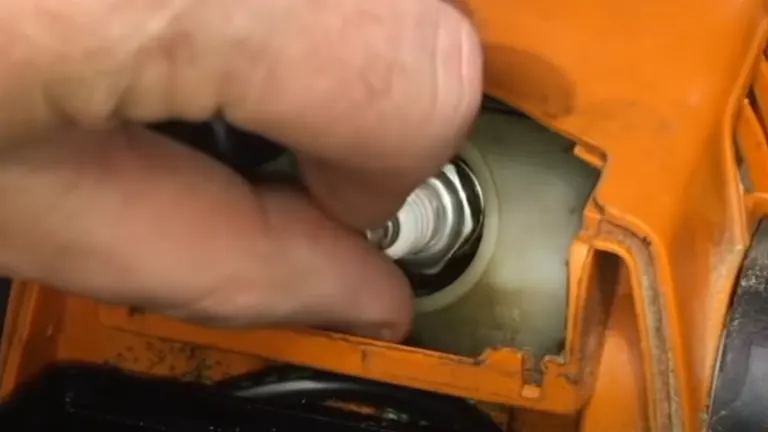
By removing the spark plug and directly pouring fuel into the cylinder, the engine is flooded beyond typical scenarios caused by overuse of the choke. This extreme example serves to illustrate the process of resolving even the most severe cases of flooding.
2. Resolving Hydro-Lock
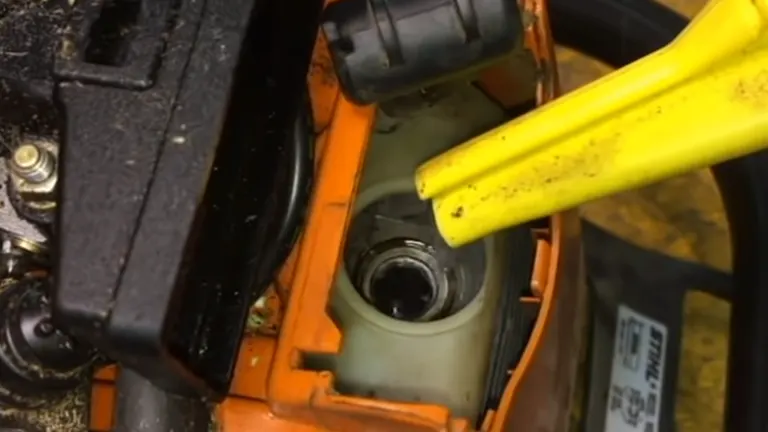
In instances where the flooding results in hydro-lock, a condition where the engine is so full of liquid fuel that it cannot turn over, manual intervention can be applied to expel the excess fuel. This step requires caution to avoid damage to the starter mechanism.
3. Safety Measures
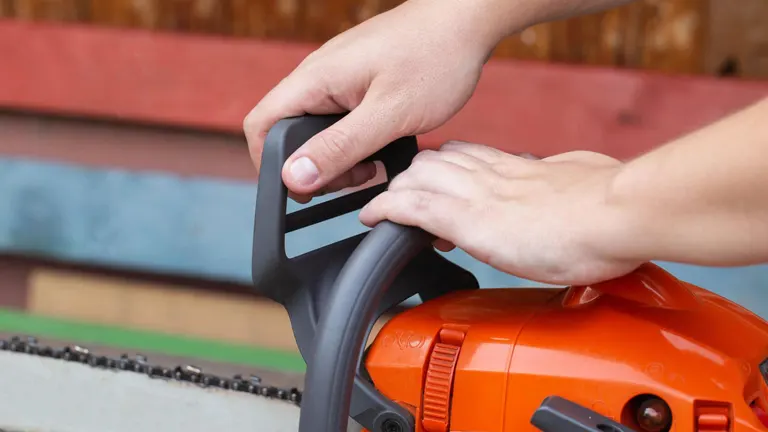
Before attempting to start the chainsaw again, it’s crucial to engage the chain brake. This precaution ensures the chain remains stationary upon starting, mitigating the risk of accidents.
4. The Starting Procedure

With the chainsaw placed firmly on the ground and secured with one’s knee, the next steps are critical:
- Ensure the chainsaw is in the run position, not the choke.
- Hold the throttle fully open to allow maximum airflow through the engine.
- Pull the starter cord repeatedly until the engine starts. This action flushes out excess fuel and facilitates ignition.
This method emphasizes the importance of airflow in correcting a flooded engine state, leveraging the natural mechanics of the chainsaw to resolve the issue without external tools.
Key Takeaways and Preventive Measures
The guide illustrates not only how to address a flooded chainsaw engine but also underscores the importance of understanding your equipment’s operational nuances. Proper maintenance, appropriate use of the choke, and recognizing early signs of carburetor issues can prevent flooding.
In instances where hydro-lock is caused by factors other than over-choking, such as carburetor malfunctions, more in-depth measures like a partial rebuild of the carburetor might be necessary. However, for the common issue of flooding due to overuse of the choke, the outlined steps offer a practical solution.
Comparison of Techniques for Solving a Flooded Chainsaw Engine
When faced with a flooded chainsaw engine, there are several techniques you can employ to resolve the issue. Each method has its merits and can be more suitable depending on the user’s skills, tools available, and the severity of the flooding. Here’s a comparison of popular techniques to help you choose the best approach for your situation.
| Technique | Description | Pros | Cons |
|---|---|---|---|
| No-Tool Method | Manually clearing the excess fuel from the engine by creating maximum airflow through the carburetor. | No need for tools or disassembly. Can be performed in any location. Quick and practical for mild to moderate flooding. | May not be effective for severe flooding. Requires physical strength to repeatedly pull the starter cord. |
| Spark Plug Removal Technique | Removing the spark plug to directly expel excess fuel from the combustion chamber. | Directly removes excess fuel from the combustion chamber. Allows for inspection and drying of the spark plug. Effective for severe flooding. | Requires tools (spark plug wrench). Needs basic knowledge of chainsaw parts and safe removal practices. |
| Carburetor Adjustment | Adjust the carburetor settings to ensure the fuel mixture is correctly balanced. | Addresses the root cause of flooding if due to improper fuel mixture. Provides a long-term solution to prevent recurrence. | Requires understanding of carburetor adjustments. May require tools and technical knowledge. |
| Using Starter Fluid | Using starter fluid to help ignite the fuel-air mixture and start the engine in cases where the engine is not severely flooded. | Can quickly resolve mild flooding. Useful in cold weather conditions. | Not suitable for severe flooding. Overuse can damage the engine. |
Maintenance Advice to Prevent Chainsaw Flooding
A flooded chainsaw engine is often a sign of neglect or incorrect usage. However, with regular maintenance, you can prevent such issues and ensure your chainsaw operates efficiently for years to come. Below are essential maintenance tips that every chainsaw owner should follow:
- The way you store your chainsaw can significantly impact its condition. Always ensure the fuel tank is emptied before storing your chainsaw for extended periods. This simple step greatly reduces the risk of fuel leaks, which are a common cause of engine flooding.
- The air filter plays a crucial role in maintaining the balance between air and fuel within the engine. A clogged air filter can restrict airflow, leading to an increased likelihood of flooding. Make it a habit to inspect your chainsaw’s air filter regularly, cleaning or replacing it as necessary to ensure optimal performance.
- Chainsaw maintenance isn’t complete without thorough cleaning after each use. Sawdust, debris, and resin can accumulate around the air intake and carburetor, obstructing the proper flow of air and fuel. By removing these obstructions, you maintain clear pathways, which is essential for the efficient operation of your chainsaw and preventing flooding.
Empowerment Through Knowledge
Armed with this knowledge, chainsaw users can feel more confident in their ability to tackle one of the most common issues faced during operation. By understanding the cause and solution to engine flooding, users can save time and resources, ensuring their work proceeds with minimal interruption. This guide aims to empower users with the ability to address their equipment’s needs swiftly and effectively, making the most of their chainsaw’s capabilities.
FAQs
- Can I prevent my chainsaw from flooding if I’m working in extremely cold conditions?
Yes, you can minimize the risk of flooding your chainsaw in cold conditions by ensuring the engine is properly warmed up before starting your work. Use the choke sparingly and only as needed to get the engine running. Once it starts, allow it to idle for a short period to ensure it’s sufficiently warmed up, which can help prevent flooding. - How do I tell if my chainsaw is flooded or if there’s another issue preventing it from starting?
A flooded chainsaw often has a distinct smell of fuel, and you might notice fuel dripping from the exhaust or engine. If pulling the starter rope feels unusually easy or offers little resistance, it could indicate that the engine is flooded. Conversely, if the rope is hard to pull, the issue might be mechanical rather than flooding. - What’s the risk of repeatedly trying to start a flooded chainsaw without addressing the flood?
Continuously attempting to start a flooded chainsaw without taking measures to clear the excess fuel can lead to wear and tear on the starter mechanism and potentially flood the engine further. It can also saturate the spark plug with fuel, requiring cleaning or replacement before the chainsaw will start. - Can a chainsaw flood if left unused for an extended period? How can this be remedied?
While less common, a chainsaw can become flooded due to evaporated fuel leaving behind a thicker residue that prevents proper fuel-air mixture. If suspected, it’s advisable to check and clean the carburetor, replace old fuel with a fresh mix, and ensure the spark plug is clean and in good condition. - Is there a difference in flooding risk between gas-powered and electric chainsaws?
Flooding is specific to gas-powered chainsaws because it involves excess fuel in the combustion chamber. Electric chainsaws, whether corded or battery-powered, do not have a combustion chamber and therefore cannot flood in the same way gas chainsaws can. - Can changing the fuel mixture ratio prevent my chainsaw from flooding?
Adjusting the fuel mixture ratio can affect the performance of your chainsaw, but it’s not a direct solution to prevent flooding. Flooding occurs from too much fuel relative to air, not the fuel-to-oil ratio. Always use the manufacturer’s recommended fuel mixture ratio to ensure optimal performance and longevity of your chainsaw. - If my chainsaw floods in the middle of a job, how quickly can I get it running again using the no-tool method?
Using the no-tool method to clear a flooded engine, you can typically get your chainsaw running again within a few minutes. The key is to follow the steps methodically—ensuring safety first with the chain brake engaged, setting the correct run position, and clearing the flood by pulling the starter cord with the throttle fully open. - After successfully starting a previously flooded chainsaw, is there any follow-up maintenance I should perform?
After addressing a flood and getting your chainsaw running, it’s wise to check the spark plug for wetness or soot buildup, which can indicate fuel residue. Cleaning or replacing the spark plug ensures optimal performance. Additionally, consider running the chainsaw for a few minutes at idle to ensure any remaining excess fuel is burned off.
We hope this guide shines a light on solving the pesky problem of a flooded chainsaw engine with ease and without the need for tools. Have you tried these techniques, or do you have other tricks up your sleeve? We’re all about sharing knowledge and learning from each other’s experiences. So, don’t hesitate to drop your thoughts, tips, or any questions you might have in the comments below. Let’s keep the conversation going and help each other out. Happy sawing!

David Murray
Forestry AuthorI'm David Murry, a forestry equipment specialist with a focus on chainsaw operation. With over 13 years of experience, I've honed my skills in operating and maintaining a wide range of machinery, from chainsaws to log splitters. My passion for the outdoors and commitment to sustainable forestry drive my work, which emphasizes safety, efficiency, and staying updated with industry advancements. Additionally, I'm dedicated to sharing my expertise and promoting environmental awareness within the forestry community.



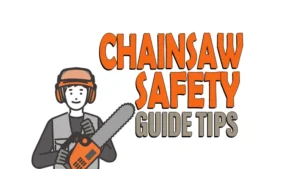
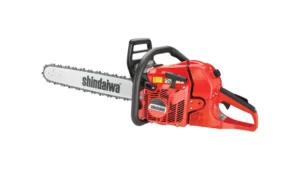
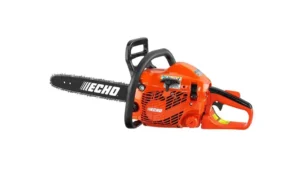
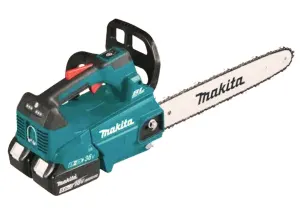
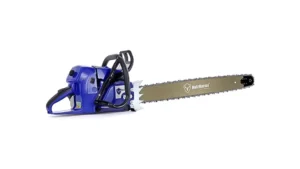
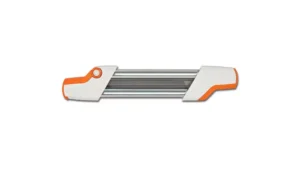

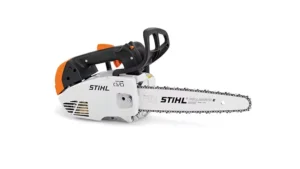

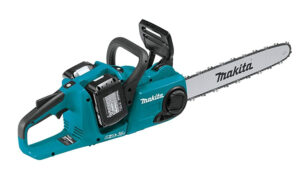
Leave your comment